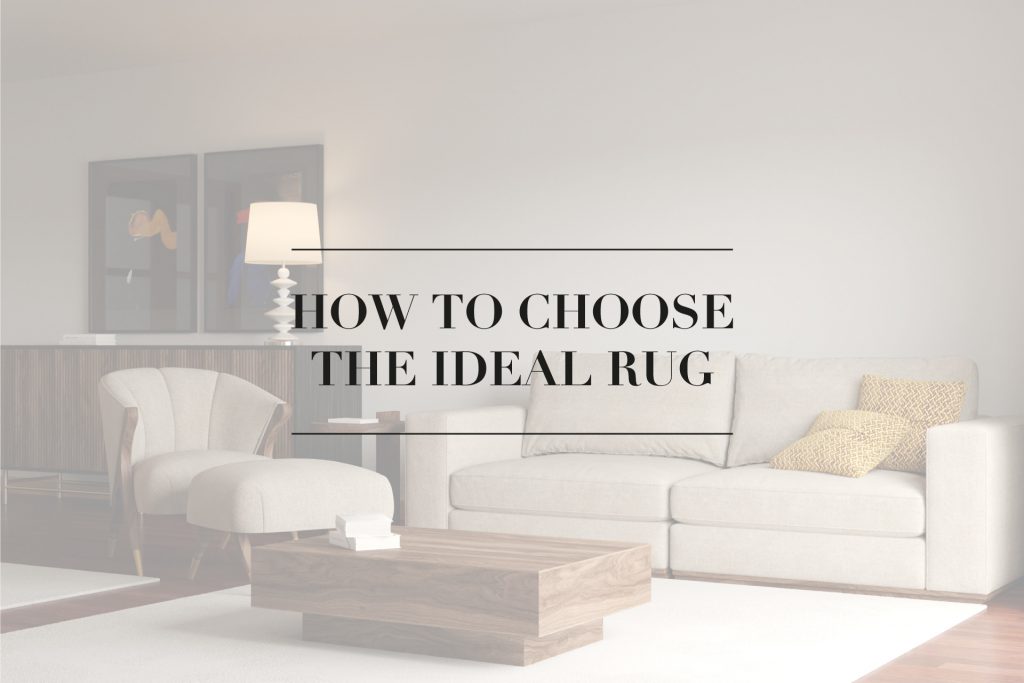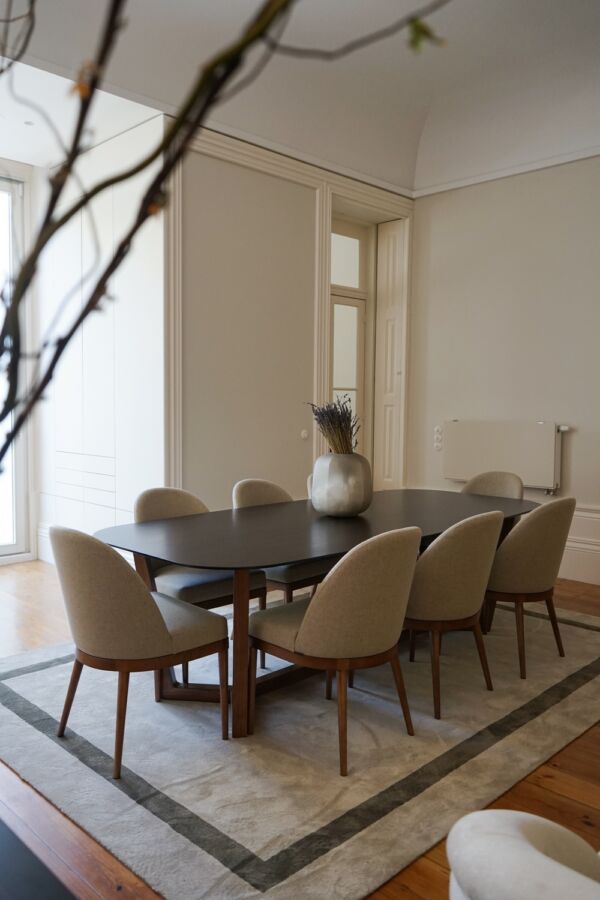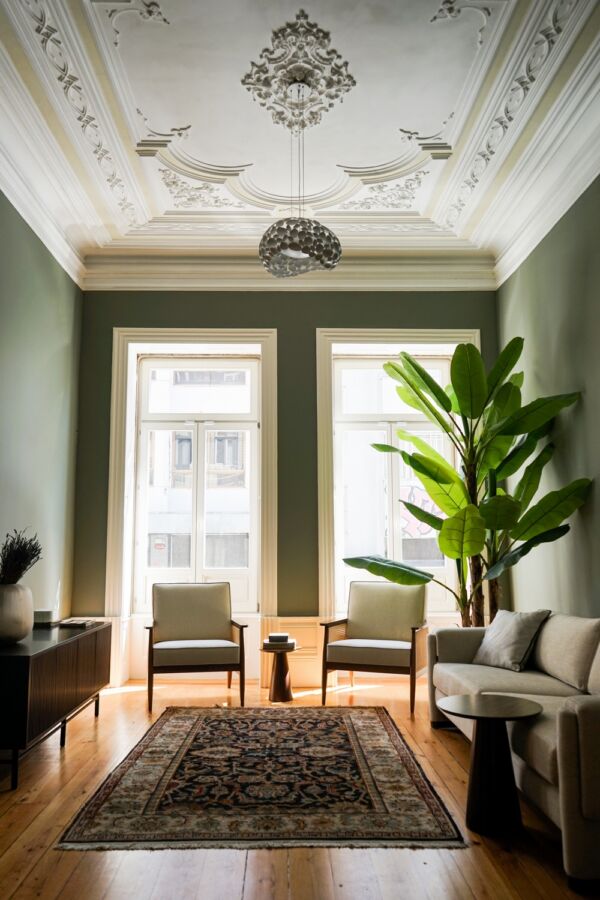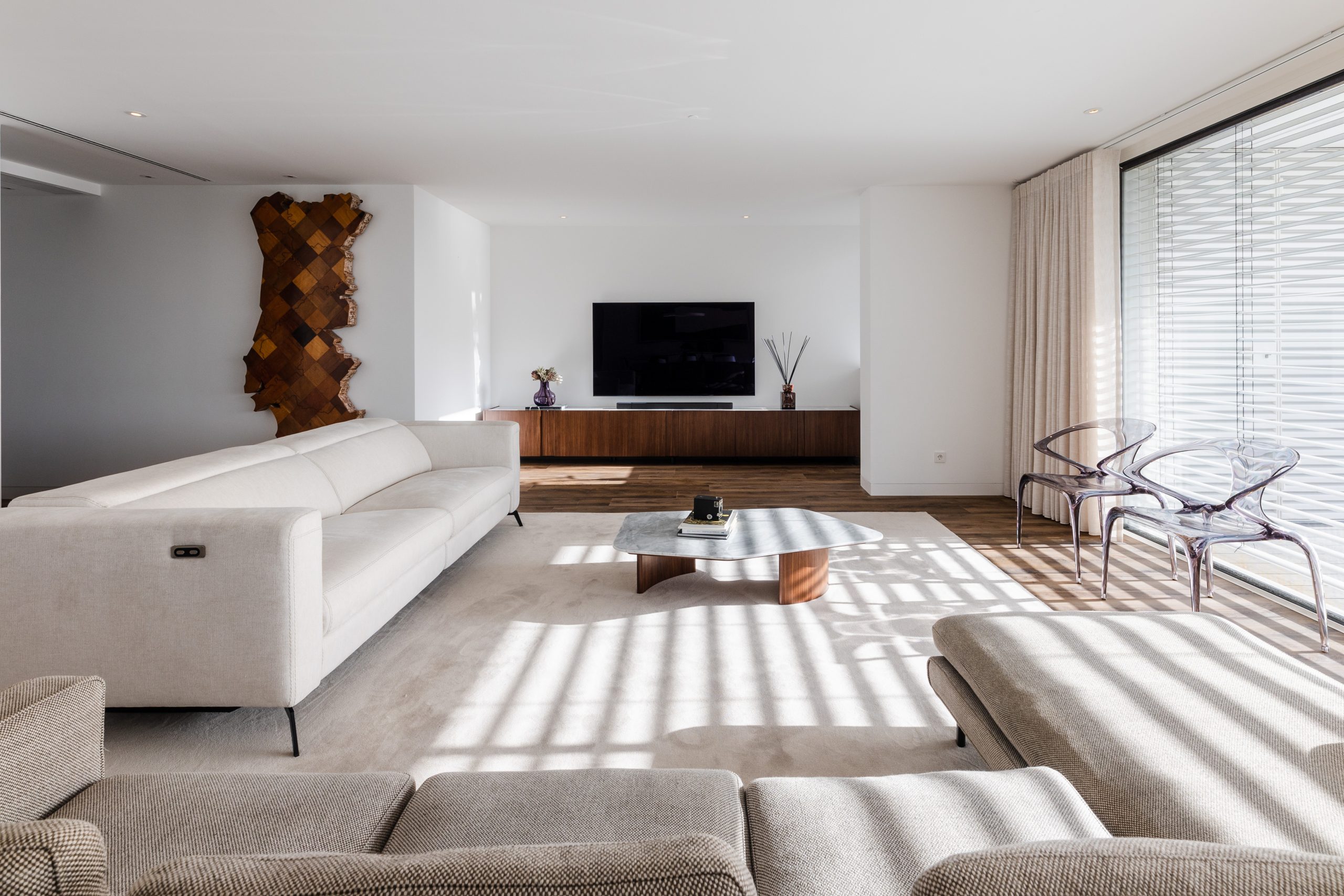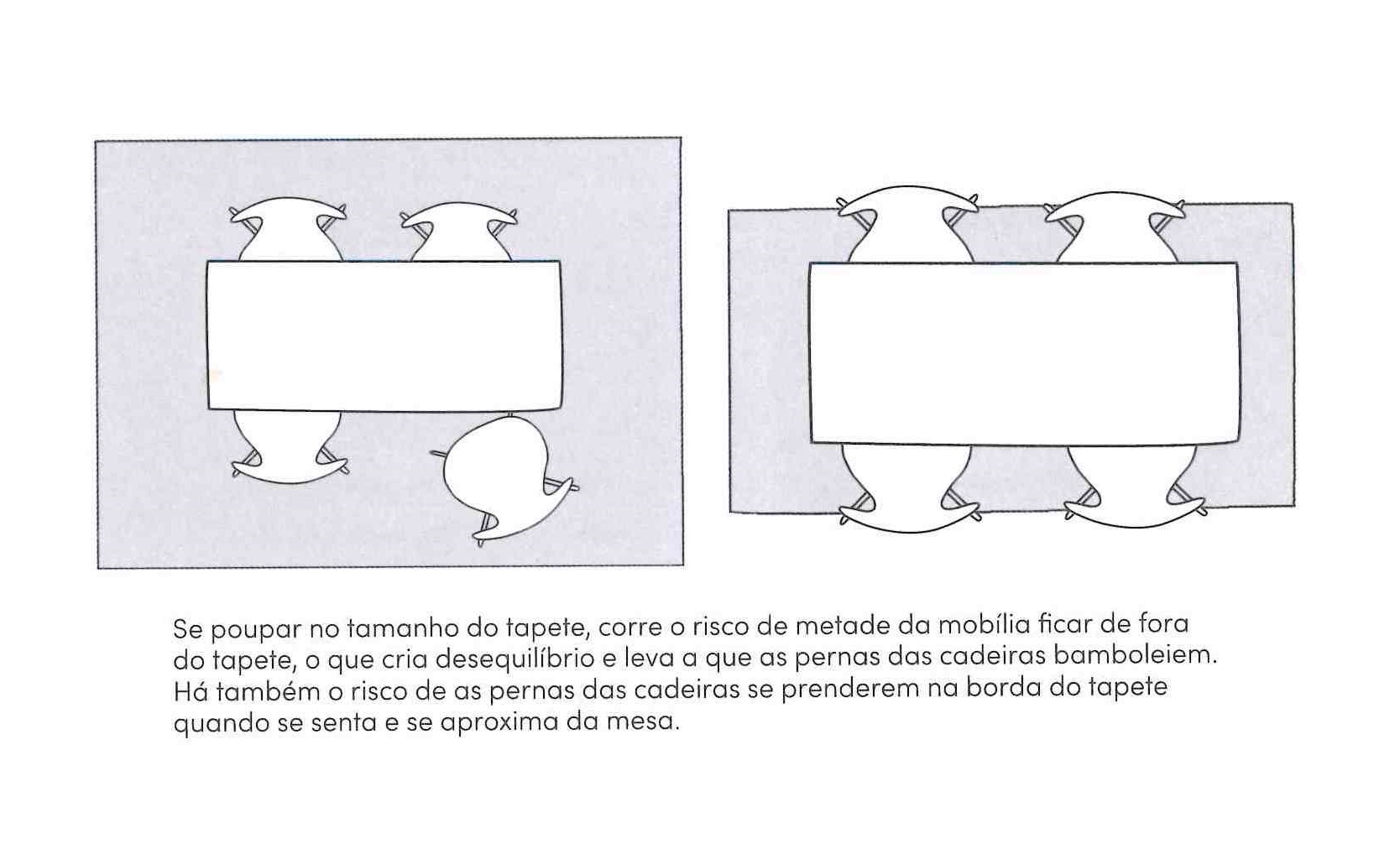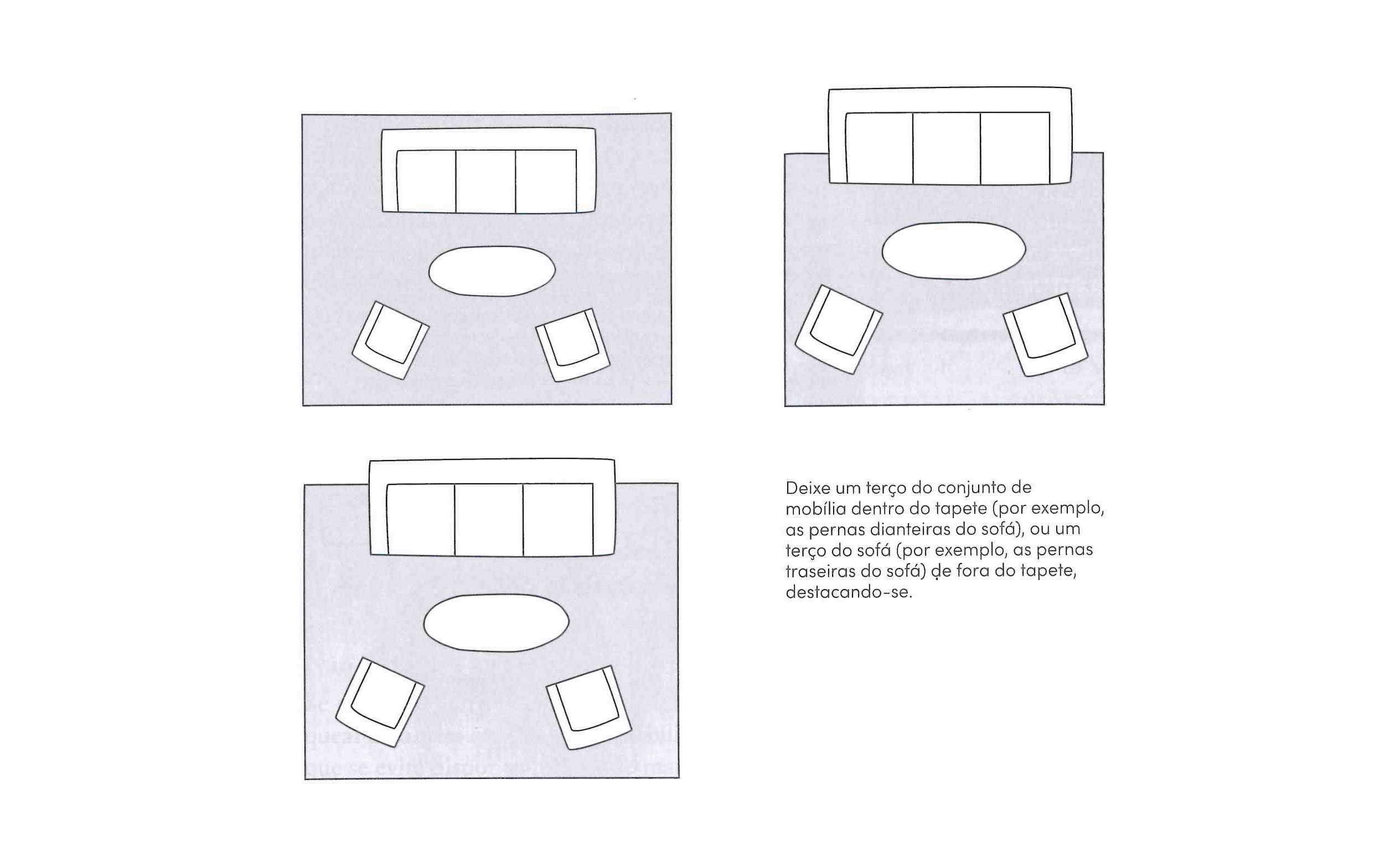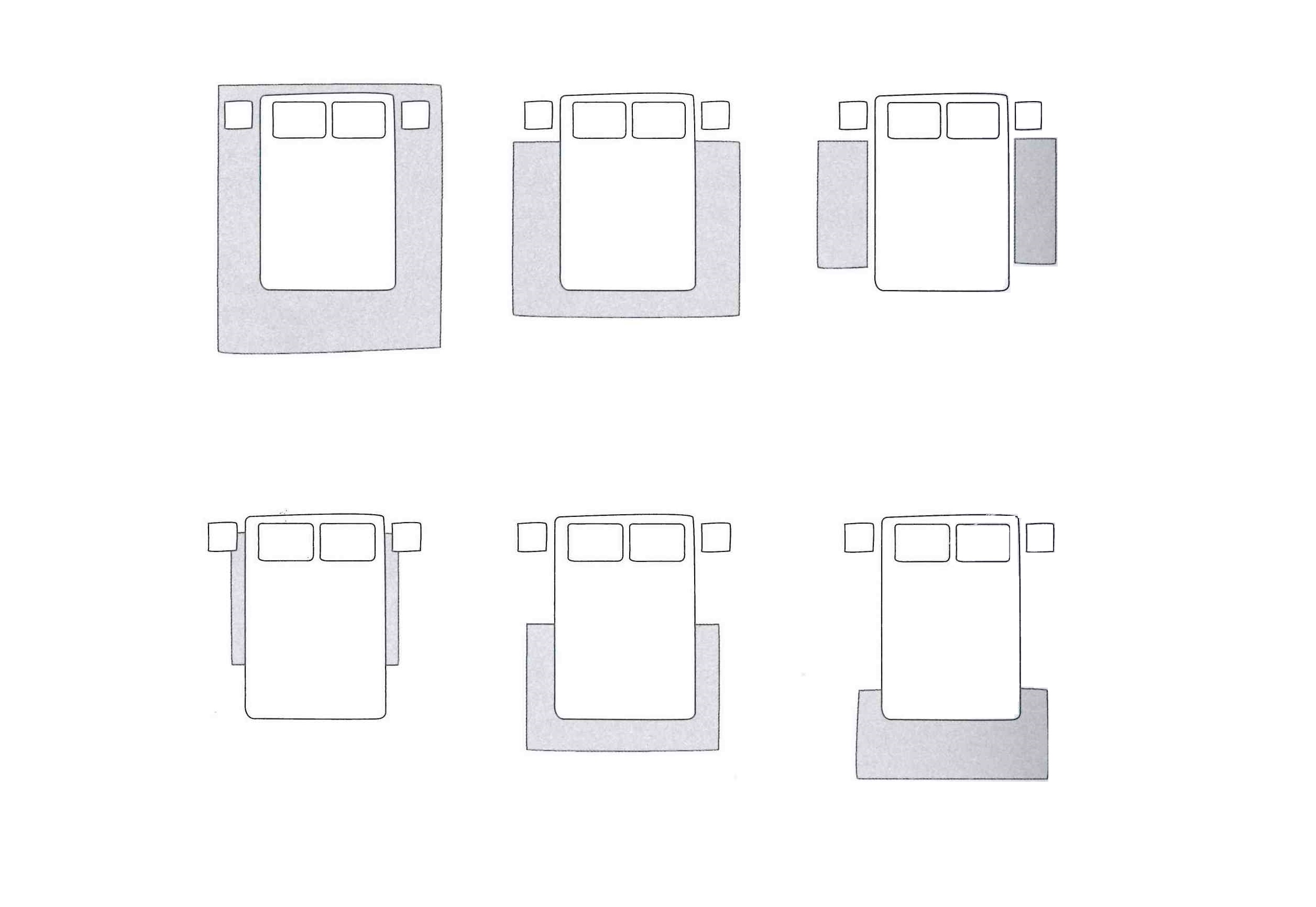The search for the ideal rug for the various rooms of our home can become a demanding task. Considering dimensions, colors, textures, durability, is not an easy topic to manage and hence the importance of some tips to help you in this process.
These are decorative elements that fill environments and make your home a welcoming place, making you feel cozy. An essential, rugs are the indispensable touch in any space and learn how to make the best possible choice.
Materials
Selecting the perfect material for your space will depend on your lifestyle and the environment in which the rug will stay. There are different materials to choose from, from natural to synthetic fiber. Natural fibers include wool, cotton and silk. Advantage – Higher quality and longer lasting; Disadvantage – More expensive and require more thorough and professional cleaning. Silk carpets are easily dyed when exposed to water or other substances.
Synthetic fibers include nylon, polyester, and polypropylene. The advantages of these materials are that they are much more affordable, easy to clean, and generally more resistant to stains. The disadvantages are that these materials accumulate mold and bacteria, and have to be replaced sooner than wool or natural fiber carpets.
- Minimalist Dining Area | Marques da Silva Project
- Scandinavian living room
Color
Color is a natural starting point when choosing a rug. Of course it is important to think about which shades you prefer and would like to live with on a daily basis, but know that it is not just enough. If you already have furniture in the space, consider which shades will harmoniously combine with those that already occupy the space.
Rooms with many colors and patterns work best with a neutral or one-color rug. If you don’t have furniture yet,consider different rug colors that will work with the flooring you have as well as walls and ceiling. Rugs can enhance or blend into the atmosphere, and with that effect in mind think about what purpose you want for the space.
- Living Room Perspective | Oeiras Apartment Project
Size of the room
The rug should be of a size appropriate to the dimensions of the furniture that will sit on it. A basic rule is that the rug should not be smaller than the sofa or the length and width of the dining table. In the case of the dining table, a slightly larger rug should be used, so that a chair away from the table is still within the confines of the rug.
Kitchen and meeting room
Both the dining table and the corresponding chairs should be covered by the carpet, not only when the chairs are under the tabletop, but also when someone moves a chair away to stand up. It is customary to use a 60-70 centimeter margin around the entire table to get the right measurements for the mat, but the safest thing to do is to measure the depth of the chairs and test that all four legs stay within the mat when the chairs are pulled out.
- Rug Layout on a rectangular dining table
Living Room
In the living room it is usually taken from the set of sofas and armchairs to determine the size of the rug. It is often said that a rug should not be shorter than the length of the sofa, because a rug does not form a base for furniture if it is smaller than the pieces of furniture it is supposed to enclose. The rug should preferably extend a little from the sides. If you have furniture in the middle of the room, the rug should include all the furniture with seats in the set. If you have the sofa against one wall of the room, it may be sufficient to have the front legs of the sofa within the carpet.
- Living room rug layout
Bedroom
Opt for a rug that is proportional to the bedroom and bed. If you have a large bedroom or wider areas on the sides of the bed, you may be able to purchase a larger rug that will serve as a base, but it is worth keeping in mind the rule of thirds and that as a general rule, rugs should be proportional to the width of the bed-and yes-especially the area of the room and the furniture in general-when looking for a rug with harmonious proportions.
- Ideal rug layout in the bedroom
Hallway
The hallway is often the busiest area of a home, and therefore it is important to choose a quality rug that will stand up to wear. Since the hallway often has limited space and many doors, it is often recommended to use flat, long, narrow rugs that are not too high and do not hold much dirt and dust. It may also be practical to have a reversible rug in the hallway, because it will eventually get stained. Avoid fringed rugs in the hallway, because they quickly wear out when stepped on. Opt instead for a rug with a firm edge all around.
Bathroom
The right size of rug for the bathroom depends a bit on the size and shape of the room, as well as where the furniture is attached to the walls, but since a rug of at least 70 centimeters in the bathroom is usually the norm, standard rugs usually start from that measurement. When you buy it, take into account the proportions of the room. I recommend that you place the rug in front of the sink, because that’s where it usually is.
Essential Tips
Does your rug have less-than-beautiful touch marks? Dampen a cloth with lukewarm water and run it over the marked area or run a steam iron over the area in question. You can carefully clean the surface with a brush.
Natural light and physical wear can affect the carpet’s appearance. Consider rotating your carpets once a year so that they fade and wear equally
Preferably avoid carpets made of synthetic fibers if you have underfloor heating in your home as you run the risk of the fibers heating up and ruining the carpet.
Think about the contrast effect. Lighter rugs enhance darker furniture and darker rugs enhance lighter furniture.
Anti-slip pads hold thin carpets in place, apply them to yours.
- Modern Living Room | Arouca Apartments Project
Source text and image: Frida Ramstedt “Sinta-se em casa: O manual de decoração de interiores”
